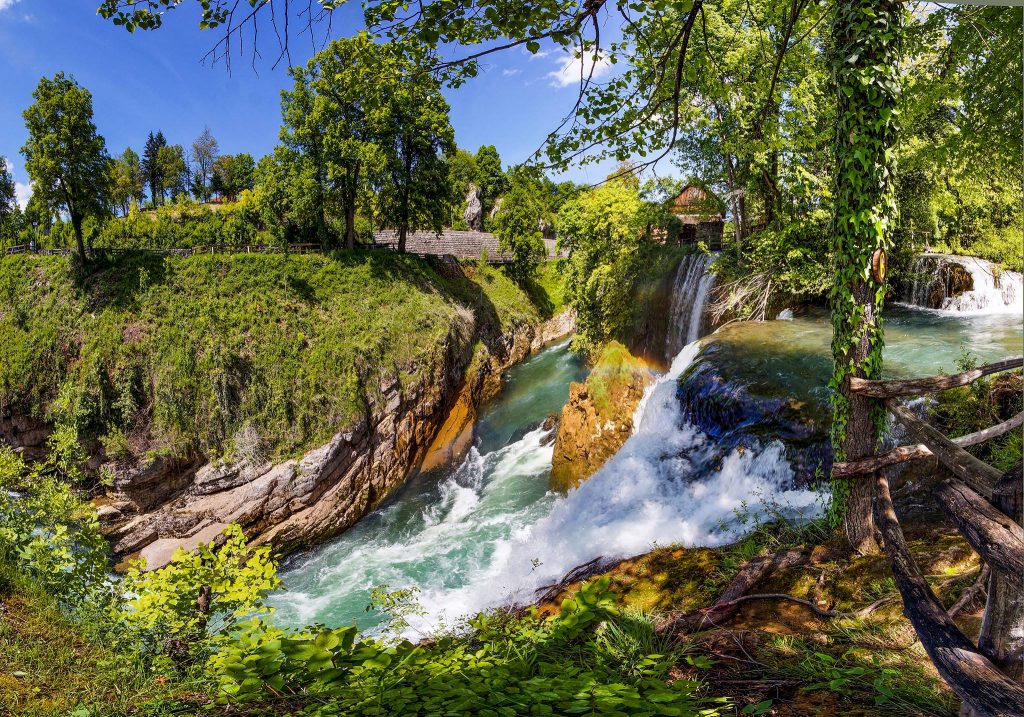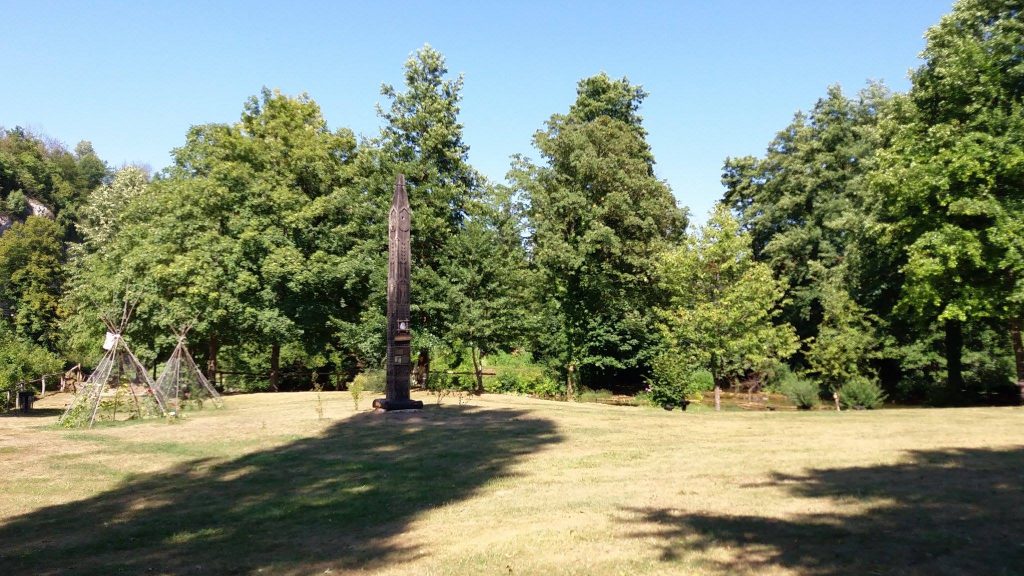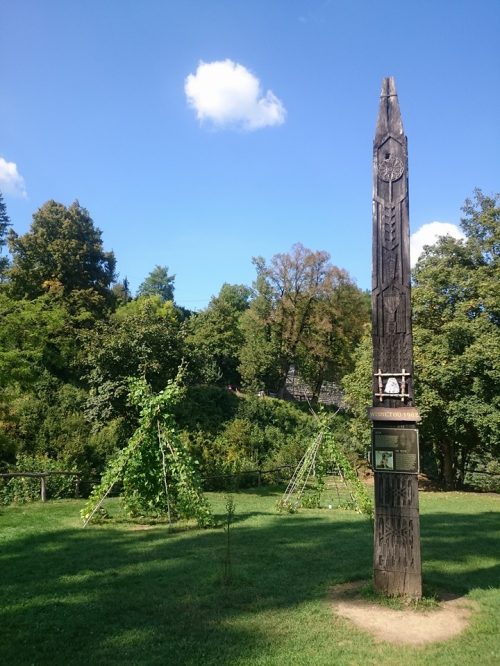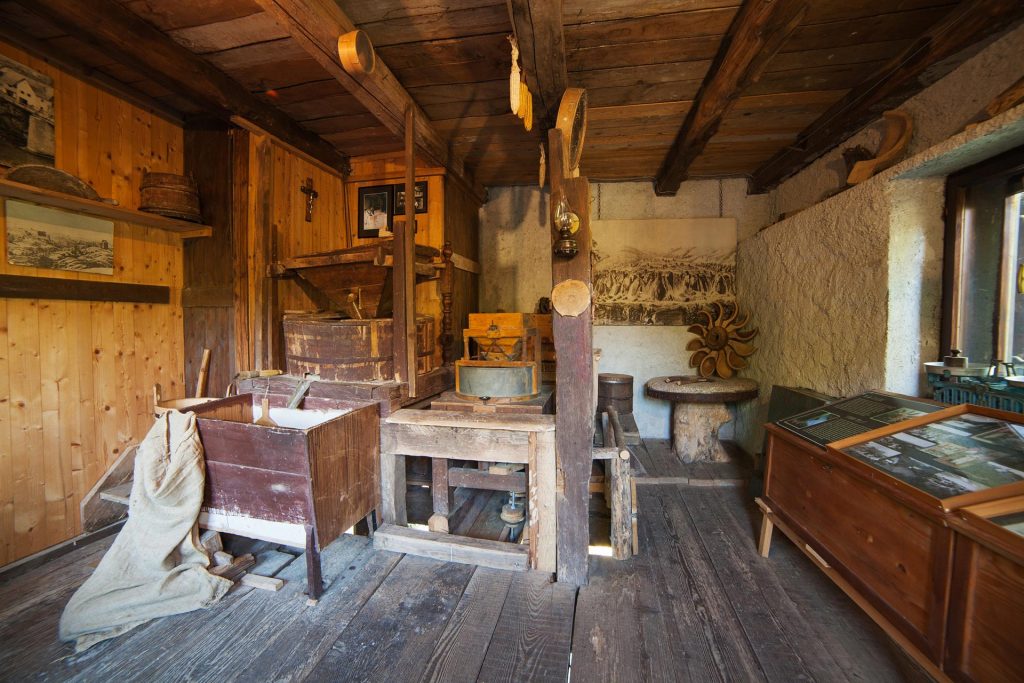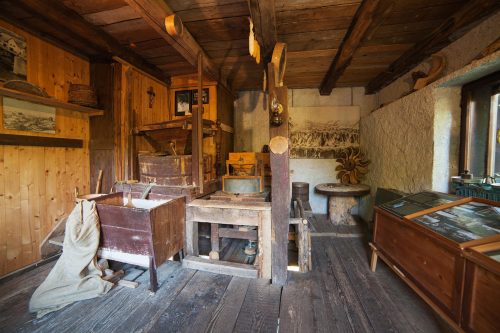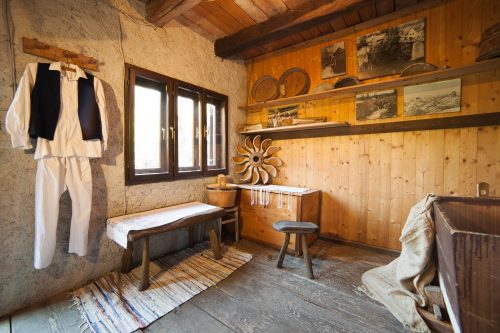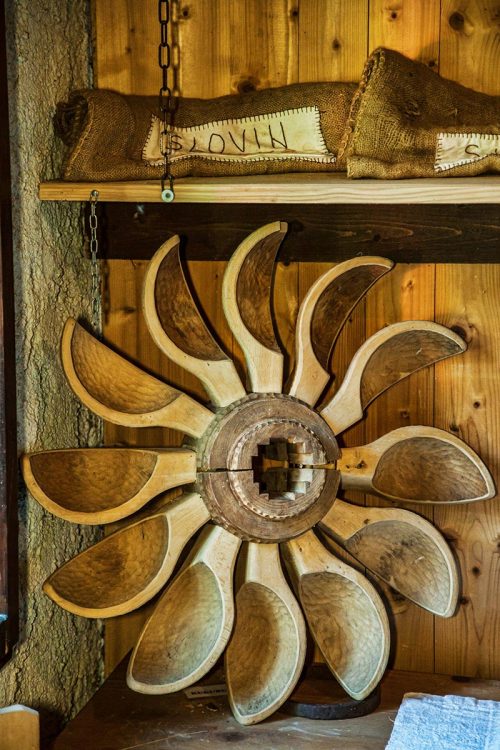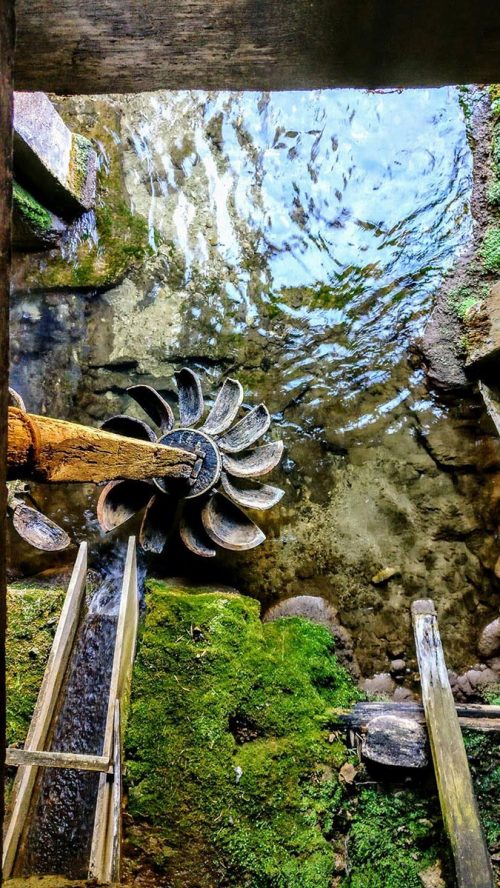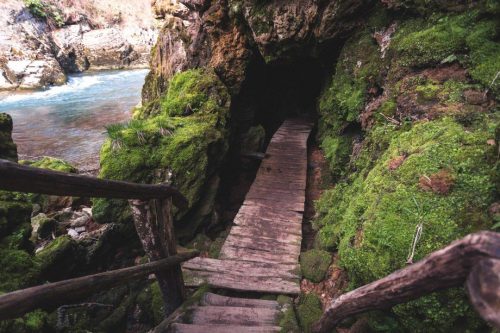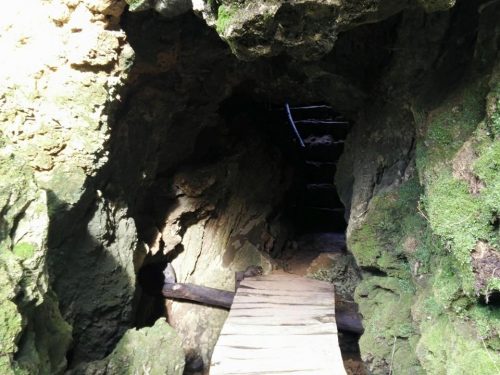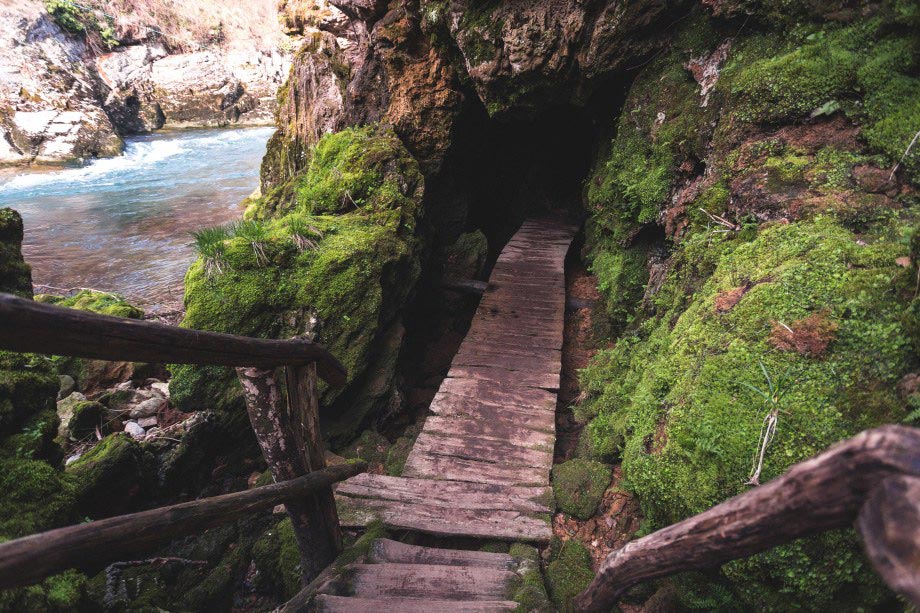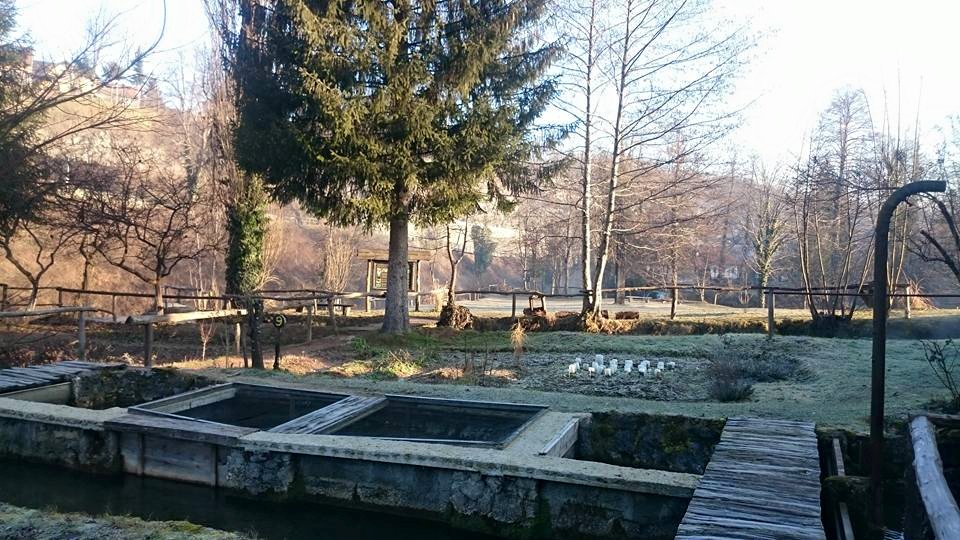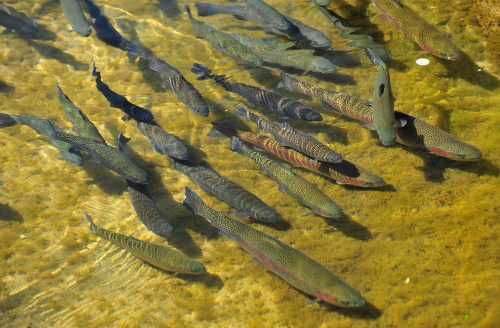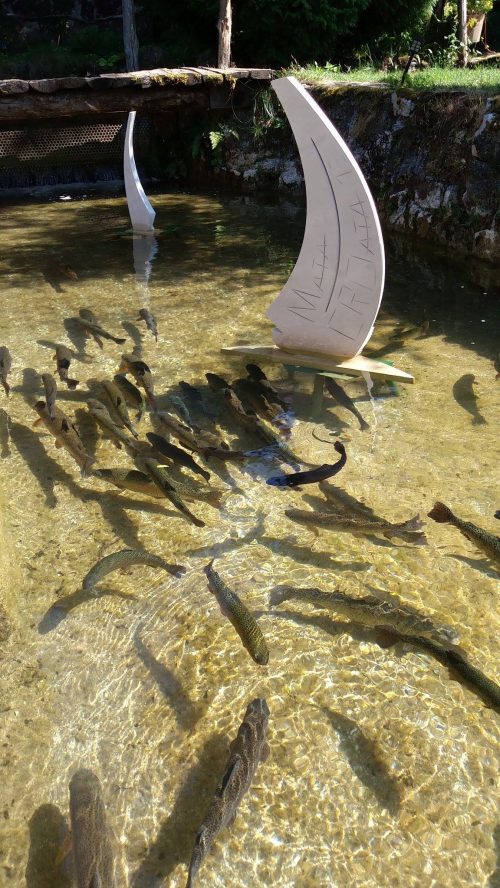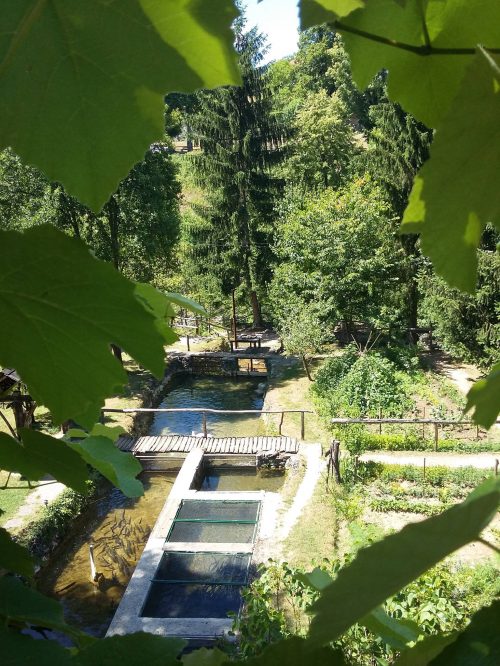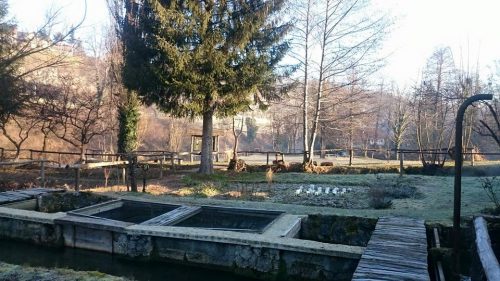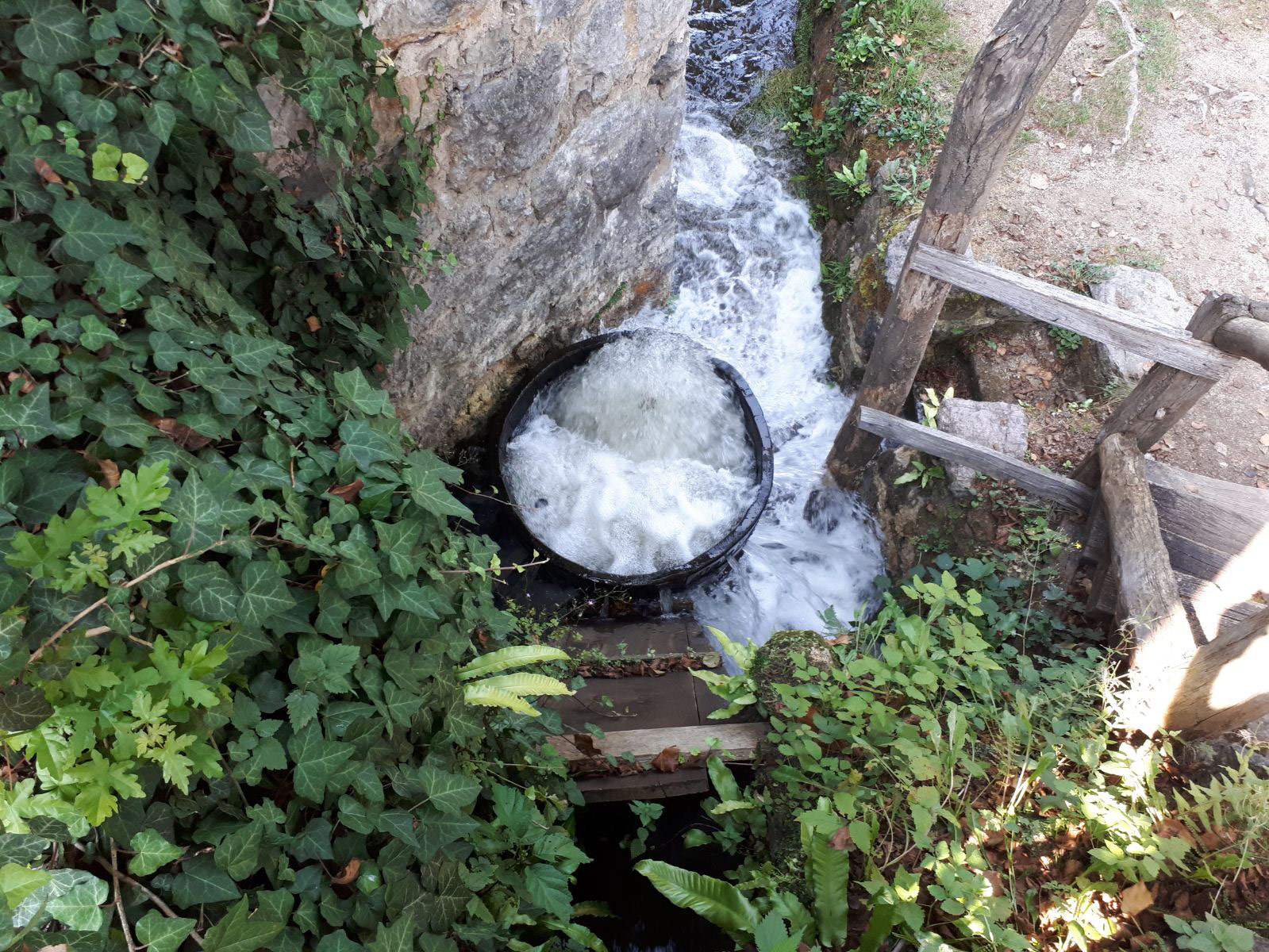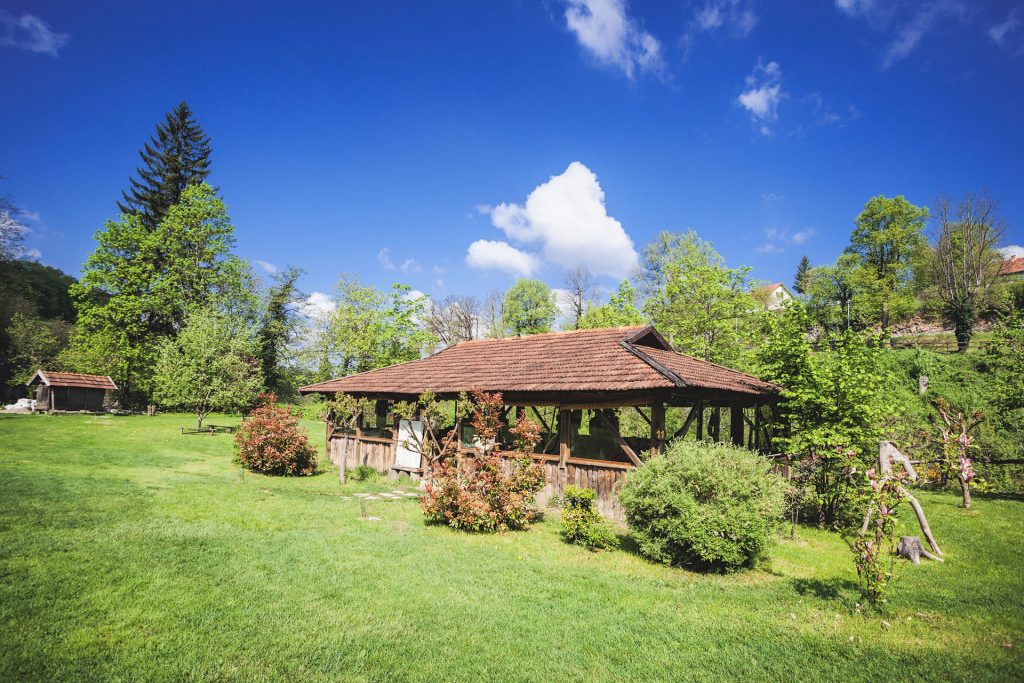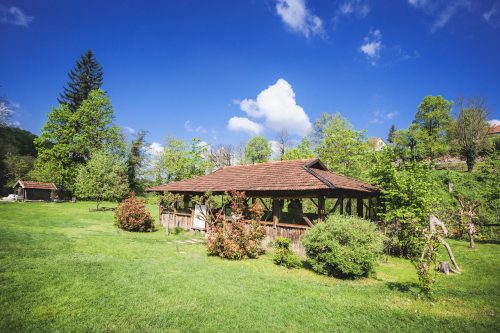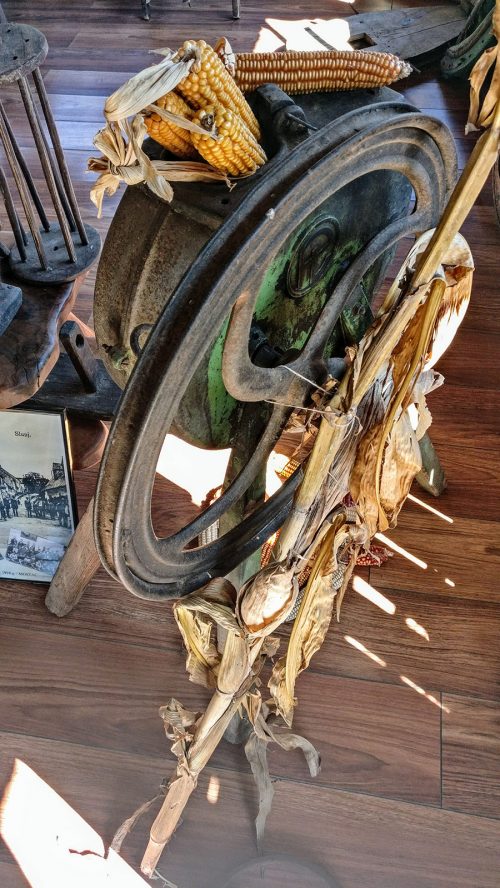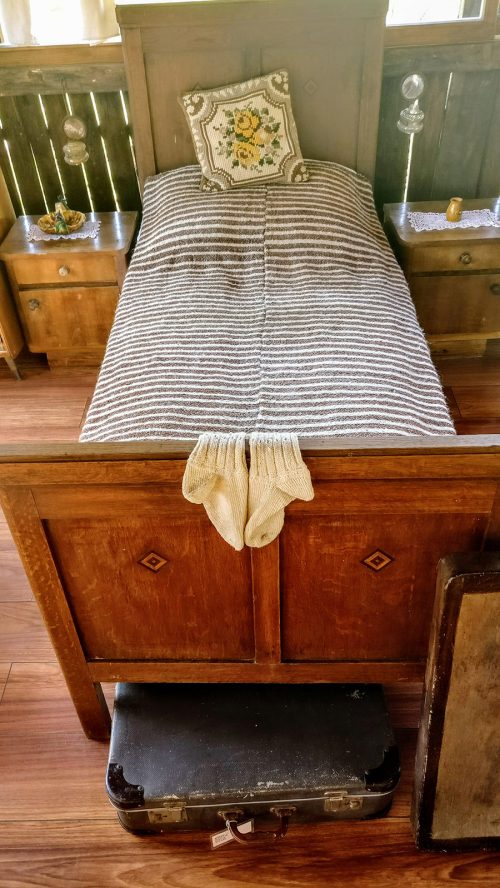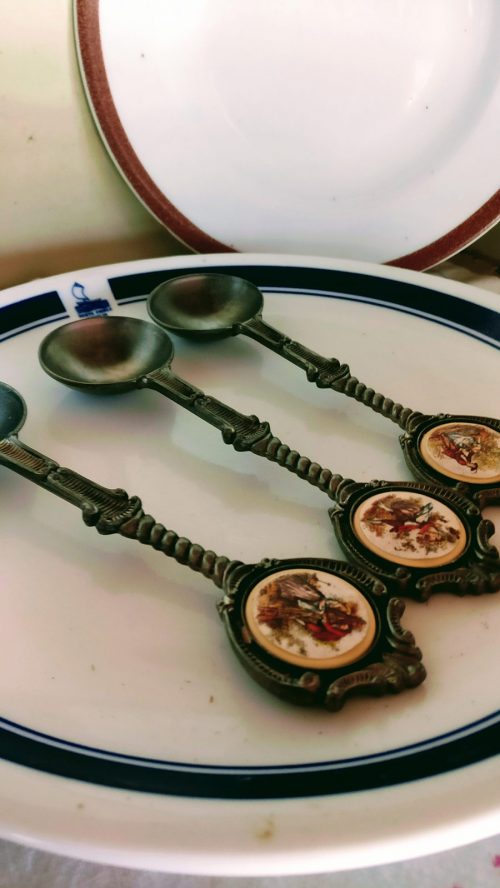Just the name of the settlement – Rastoke tells us that there is something that is splitting up, and that is the river Slunjcica, which, through a series of small and large waterfalls, pours into the canyon of the river Korana. The most famous waterfalls in Rastoke are located on our property:
“Buk” waterfall is named because of the noise it creates at its fall into the Korana canyon. It is the richest and largest waterfall, so this waterfall is the crown of your visit to Rastoke. Through the wide or playful waterfalls named “Virićki”, the water of Slunjcica is pouring in Korana over “Buk”, it strikes upon rocks with its force sprinkling into a fine mist of silvery color from which the sun creates a great rainbow. Who wants to try out some of the many theories of passing under the rainbow, this is the place to do it.
“Hrvoje” waterfall was named after a man who had long ago jumped from it. “Hrvoje” surpasses even the largest waterfall “Buk” with its height. A sparkling and playful waterfall “Hrvoje” invisibly splashes on the cliff through which it flows to all sides. With its exceptional beauty, it bring out pleasant and cheerful mood in his visitors. In the past it was characterized by a cute nose, but due to heavy rains nad big waters, it had turned into rocks beneath the waterfall itself.
The waterfall in the heart of Rastoke resembles a scattered hair in many ways, because it is crumbling in narrow streams through the protruding travertine barriers. The legend says that the fairies had a silver hair color, and spent time on green slopes along the water. For this reason, today there is a belief that the silverhair fairies, at night, visit Rastoke and rest in a pleasant natural ambience. Waterfall “Vilina Kosa” got its name from these fairies. Would you like to experience a part of the fairy-tale charms, a fairy hair, a viewpoint with a view of the Korana canyon that runs towards Karlovac, take a walk to this waterfall.



